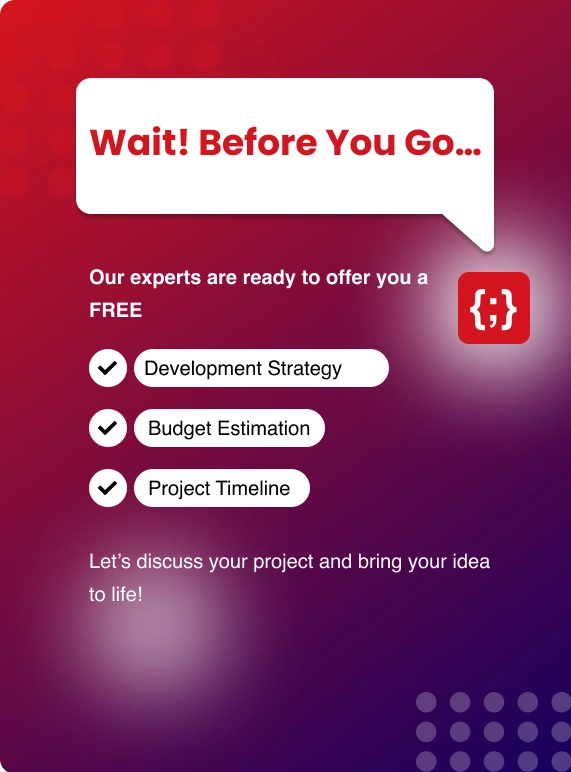Technology has completely transformed the way we receive care. Once, we had to dig through endless phone calls and ridiculous wait times to visit a doctor. With Zocdoc and similar platforms, patient-doctor relationships have been turned upside down, offering convenience, choice, and simplicity.
If you are an entrepreneur, a healthcare provider, or the owner of a clinic who wants to participate in the digital transformation of these processes, there is an opportunity to make a difference by creating an appointment booking app like Zocdoc.
There is no debate on the fact that adoption of digital health solutions, specifically simple appointment booking solutions, are not a fad, but rather, the new norm. Patients now expect easy and simple digital experiences throughout all the different aspects of their lives, and healthcare will not be any different.
This complete guide will take you through the important features you will need for a Zocdoc-like app, development costs, and realistic timelines to build your app in 2025 so that you can confidently plan your project.
Let's take this opportunity to develop the future of health accessibility.
If you are an entrepreneur, a healthcare provider, or the owner of a clinic who wants to participate in the digital transformation of these processes, there is an opportunity to make a difference by creating an appointment booking app like Zocdoc.
There is no debate on the fact that adoption of digital health solutions, specifically simple appointment booking solutions, are not a fad, but rather, the new norm. Patients now expect easy and simple digital experiences throughout all the different aspects of their lives, and healthcare will not be any different.
This complete guide will take you through the important features you will need for a Zocdoc-like app, development costs, and realistic timelines to build your app in 2025 so that you can confidently plan your project.
Let's take this opportunity to develop the future of health accessibility.
Why Build an App Like Zocdoc?
For Patients:
- Unparalleled Convenience: Book appointments 24/7 from anywhere, without having to worry about calling a doctor or office hours.
- Increased Choice and Transparency: Easily search doctors by specialty, location, insurance carrier, availability, and read verified patient reviews before selecting a doctor.
- Decreased Wait Time: Identify and book early availability appointments, including last-minute cancellations.
- Control: Reschedule appointments, receive reminders, and in some cases complete pre-visit paperwork electronically.
For Doctors & Clinics:
- Expanded Patient Reach: Have access to a larger audience of patients outside of traditional marketing avenues.
- Streamlined Scheduling: Automate and make the appointment booking process easier than ever; limit the amount of administrative work and calendar management needed.
- Reduced No-Shows: Automated reminders have a marked impact on reducing appointment cancellations or being missed.
- Improved Efficiency of the Practice: Take last-minute cancellations, schedule better, and likely even plug into an existing practice management system.
For Entrepreneurs:
- Profitable Market: The digital health market is growing rapidly, with a lot of room for growth and revenue.
- Meaningful Business: Create a meaningful business solution that enhances healthcare access and patient experience.
Core Features of a Zocdoc-like Appointment Booking App
To compete and meet user expectations, your appointment management application should deliver a thorough offering of features to patients, doctors/clinics, and their administrators.
For Patients:
- User Registration & Profile Management: Your application should provide a secure sign-up/login (email, social), basic profile information including personal information, optional medical history (with patient permissions), and the patient's insurance information
- Advanced Search & Filter: Your application should provide searchable filters as simple as typing the doctor's name, or specialty, condition, location (GPS based), insurance, available appointment time, language and even gender preference
- Doctor Profiles: Your app should establish profession profiles filled with credentials, experience, specializations, practitioner photos, videos, locations of clinics, services offered and insurances accepted
- Real-time Appointment Booking & Scheduling: Patients should see the real-time availability of doctors and be able to book confirmed appointments immediately.
- Appointment Management: Patients should be able to easily view upcoming and past appointments, and make changes (reschedule, cancel) to appointments as prescribed by the clinics policy.
- Automated Reminders & Notifications: Provide patients with automated reminders electronically via SMS, email, and in-app push notifications for appointments or follow-up visits.
- Verified Patient Reviews & Ratings: A public forum with an opportunity for patients to read about, and provide reviews and ratings regarding doctors, which enables trust and eases decision-making.
- In-app Communication: Allows for in-app secure messaging with the clinic staff for patients' simple queries (there are some HIPAA considerations here).
- Insurance Checker/Verification: Provide users with the capability to enter their insurance details, and filter for in-network providers with ease. Some advanced systems can conduct real-time eligibility checks.
- Multiple Payment Options: Integration with secure payment gateways for co-pays, consult fees (particularly for telehealth), and for other services.
- Telemedicine Integration: The ability to book and host secure video consultations is an expectation that is accelerating.
- Digital Document Upload / Sharing: Give patients the option to upload and share relevant documents such as previous prescriptions, lab reports, or referral letters to the doctor of their choosing, in a secure manner.
For Doctors/Clinics:
- Doctor registration and profile management: Simple onboarding for doctors to create their profile and manage their profile, service offerings, fees, availability, and working hours.
- Appointment management dashboard: A dashboard for doctors to view appointments and approve, reject or postpone appointments, and patient bookings in one location.
- Calendar integrations and real-time syncing: Ability to sync with their practice management system calendars or the most common calendar services (like Google Calendar or Outlook Calendar) to avoid double-booking.
- Patient database management: A listing of their patients who have booked via the app, their appointment history (stored securely).
- E-Prescribing capabilities (optional but useful): Digital generation of prescriptions that were then sent to pharmacies.
- Billing and invoicing features: Functionality to manage billing for consultations or services through the app.
- Secure communication portal: Each doctor has a secure communication channel with their patients.
- Analytics and reporting: Insights into volume of appointments, no show rates, peak bookings times, demographics of patients, and revenue generated through the platform.
Admin Panel Features (The Control Center):
- User Management: The ability to manage patient and doctor accounts with the capability to activate, deactivate, and moderate their profiles.
- Doctor Verification & Onboarding: A standardized process for verifying the credentials and qualifications of doctors before they go live on the platform.
- Listings Management: Control all doctor and clinic listings (edit, approve the workflow stage).
- Revenue Management & Commission Tracking: Tools to manage subscription, commissions, and payouts (if applicable based on your monetization model).
- Content Management System (CMS): For generating static pages such as FAQs, blog posts, health tips, and terms of service.
- Analytics & Insights: Dashboards with analytics of platform usage, user growth, specialties that users are searching for, regional trends and marketing ideas; KPIs that you will make decisions with.
- Notification & Communication Management: Ability to configure and manage overall notifications and communications from the system.
- Support & Dispute Resolution: Tools to manage support requests from users, and mediate disputes that may arise.

Advanced Features: Differentiating Your App and Adding Value
After you have the basic capabilities paved the way, think about these advanced capabilities to optimize the user experience and create a strong differentiation:
- AI-Enabled Symptom Checker & Doctor Matching: An intelligent tool that allows users to input symptoms and get possible conditions, or recommendations for the right type of specialist.
- Integration with EHRs/EMRs: A very meaningful capability for a doctor, data moving between your application and their EHR (this is where insurance, standards, will factor in; this is the realm of HL7, versions 2, 3, FHIR)
- Wearables: Share with their doctor or healthcare provider health data from wearables (think Apple Watch, Fitbit, etc) – explicit consent.
- Prescription Refill Requests & Online Pharmacy Capabilities: A convenience for patients to easily request a refill from their doctor if needed and the ability to order from partner pharmacies.
- Delivering Personalized Health Tips & Content: Delivering relevant health information and articles based on user parameters or conditions.
- Family / Dependent Account Management: Let users book and manage their family members (like children or elderly parents) via one main account.
- Multi-lingual support: Offering the app in a variety of languages to engage a more diverse user group.
- Waiting List Management: Make patients aware of any cancellations whenever possible, and if a sooner time appears with the patient’s preferred doctor.
- AI Chatbots: For instant responses to typical queries, leading users through the use of the app or helping to assess symptoms.
- Healthcare Cost Estimating Equipment: Let users see estimated costs for common services or from different providers (will need access to the data)
- Loyalty Programs & Rewards: Give incentives for repeat visitation for patients, or rewards for doctors that are highly rated based on patient satisfaction.
Technology Stack: The Engine Behind Your App
Frontend Development (User Interface):
- iOS: Swift or Objective-C
- Android: Kotlin or Java
- Cross-Platform (for faster development and wider initial reach, potentially sacrificing some native performance/feel): React Native, Flutter
- Web (for patient/doctor portals): React.js, Angular, Vue.js
Backend Development (Server-Side Logic):
- The programming languages & frameworks that will be used are: Node.js (with Express.js), Python (with Django/Flask), Ruby (with Ruby on Rails), Java (with Spring)
Database (Storing Data):
- Relational Databases: PostgreSQL, MySQL (for structured data)
- NoSQL Databases: MongoDB (for flexibility, large datasets), Firebase (for real-time features)
Cloud Hosting & Infrastructure:
- Importantly, these cloud hosting providers should offer HIPAA compliant applications, which is key for healthcare apps dealing with Protected Health Information (PHI). They include: Amazon Web Services (AWS), Google Cloud, Microsoft Azure in general.
APIs and Third-Party Integrations:
- Payment Gateways: Stripe, PayPal, Braintree (ensure PCI compliance)
- Mapping & Geolocation: Google Maps API, Mapbox, Apple MapKit
- Communication (SMS, Email, Push Notifications, Video):Twilio, Vonage (Nexmo), SendGrid, SendGrid alternatives, Firebase Cloud Messaging (FCM), Agora (for video)
- Calendar APIs: Google Calendar API, Microsoft Graph API (for Outlook Calendar)
- EHR/EMR Integration APIs: Leverage HL7 (Health Level Seven) and FHIR (Fast Healthcare Interoperability Resources) standards for interoperability.
- Analytics: Firebase Analytics, Mixpanel, Google Analytics
- Security & Compliance Tools: Solutions for encryption, intrusion detection, identity management, and audit logging.
The Development Process & Timeline: From Idea to Launch
Developing a complex app such as Zocdoc is a marathon not a sprint. A phased approach is suggested.
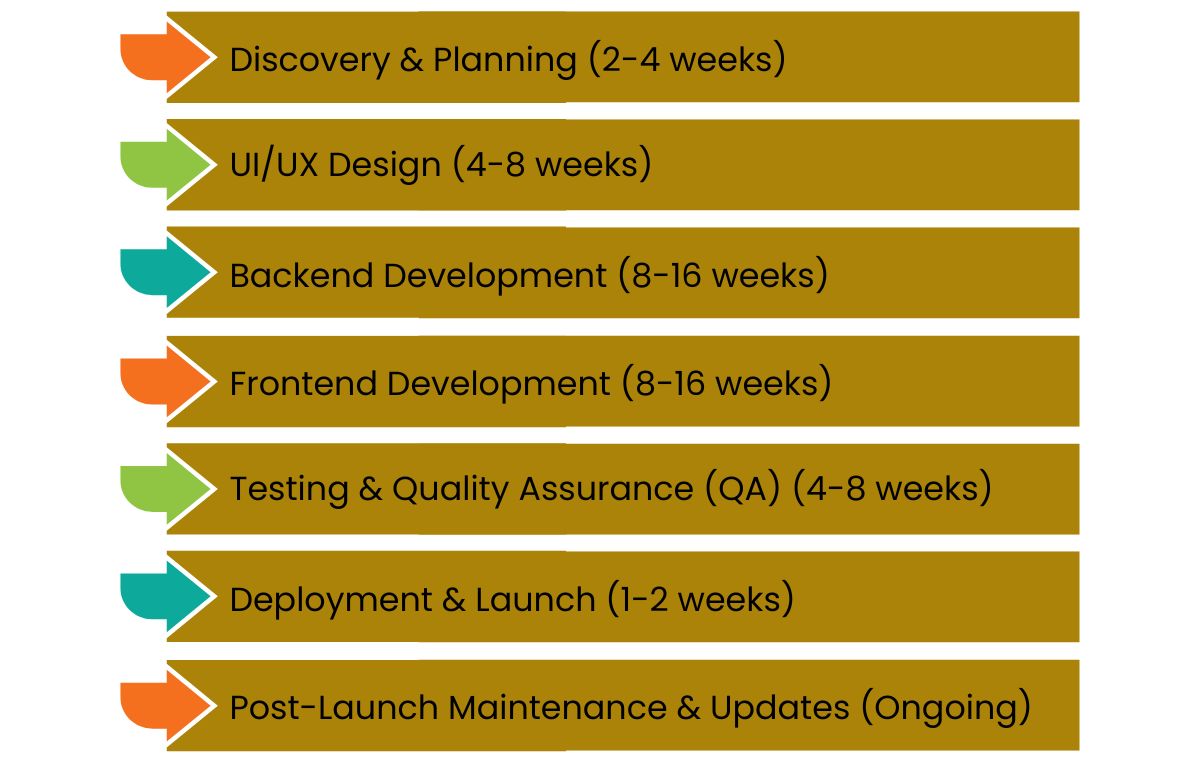

Phase 1: Discovery & Planning (2-4 weeks)
- Market Research: Complete a competitor analysis, understand what your target audience needs and wants, and describe your differentiation.
- MVP Scope Description: List your core features to our Minimum Viable Product (MVP) and get to market fast to learn.
- Compliance Strategy: Establish your strategy for HIPAA/GDPR and any other compliance requirements from day one.
- Requirements Document: Assemble user stories and functional specifications.
Phase 2: UI/UX Design (4-8 weeks)
- Simplicity and Clear Navigation
- Wireframe/Prototype: Create clickable wireframes and interactive prototypes.
- Accessibility: Follow WCAG guidelines including color contrast, screen readers, and keyboard navigation.
- Design Language Consistency
- Fast Load Speed: Optimize images and assets.
- Clear Calls to Action
- Trust-building elements: Doctor verification, secure payment, privacy links, reviews.
- Personalization: Suggest relevant doctors or specialties.
- Helpful onboarding and support
- Collect user feedback
- Userflow mapping
- Visual design & branding
Phase 3: Backend Development (8-16 weeks)
- Database Architecture
- API Development
- Server-side logic
- Admin Panel Development
Phase 4: Frontend Development (8-16 weeks)
- Patient App Development: Native (Swift/Kotlin) or Cross-platform (React Native/Flutter)
- Doctor App/Portal
- API Integration
Phase 5: Testing & Quality Assurance (QA) (4-8 weeks)
- Functional Testing
- Usability Testing
- Performance Testing
- Security Testing
- Compliance Testing
Phase 6: Deployment & Launch (1-2 weeks)
- App Store Submission: Apple & Google Play
- Server Deployment
- Post-Launch Monitoring
Phase 7: Post-Launch Maintenance & Updates (Ongoing)
- Bug Fixing
- Feature Improvements
- Ongoing OS compatibility
- Security Updates
Total Estimated Timeline for MVP:
6 to 12+ months depending on features, team size, and platform targets. This depends heavily on the complexity of features, the size and experience of the development team, and how many platforms you are targeting. As you progress to a fully-featured application with advanced features, the timeline will naturally expand.Factors Influencing Cost of Building an Appointment Building App Like Zocdoc
- App Complexities: It will cost less to build an MVP with basic features compared to a full-featured app with numerous advanced integrations.
- Number of Platforms: Building for iOS, Android, and Web individually costs more than one platform or using cross-platform frameworks (which may have advantages and disadvantages itself).
- UI/UX Design Complexity: The costs associated with custom, polished, highly interactive, or animated design will be higher than the cost associated with simple or templated design.
- Technology Stack Chosen: Some technologies will require developers with specialized skills, which are likely more expensive to hire.
- Development Team Location & Structure: The hourly rate you pay developers will vary drastically depending on the location of your team:
- North America: $100 - $250+/hour
- Western Europe: $70 - $150/hour
- Eastern Europe: $40 - $100/hour
- Asia (e.g., India): $20 - $70/hour
- A typical team will include Project Managers, UI/UX Designers, Frontend Developers, Backend Developers, & QA Engineers.
- Third-Party API Integrations: There may be costs to integrate and/or subscribe to different APIs.
- Compliance and Security Considerations: To secure HIPAA compliance and ensure proper security measures, requires skill and specialized tools, resulting in additional costs.
Ongoing Costs:
- Maintenance & Updates: Typically 15-33% of the initial development cost annually. This covers bug fixes, OS updates, security patches, and minor feature enhancements.
- Server Hosting: Monthly or annual fees for cloud hosting services (e.g., AWS, GCP, Azure).
- Third-Party Service Subscriptions: Costs for APIs (payment gateways, mapping, communication tools), analytics services, etc.
- Marketing & User Acquisition: A significant ongoing investment to attract and retain users.
Monetization Strategies: How Your App Will Generate Revenue
A clear monetization strategy is vital for the long-term sustainability of your app.
Zocdoc's Primary Model:
- Membership Fees from Healthcare Providers: Physicians or clinics would pay a monthly or annual fee for their listing and access to the features of the platform.
- Sponsored Listings: Providers could pay to be featured higher in the search results, or even pay for impressions and clicks to increase visibility.
Other Potential Models for Your App:
- Commission per Booking: Charge a percentage (5-20%) or a flat fee per booking through your platform.
- Freemium Model: Offer the basic listing and booking features for free for providers, and charge for a subscription to access premium features (e.g., advanced analytics, enhanced profile options, telemedicine, etc.)
- In-app Advertising: While it is common for an App in other categories to promote services or products through advertising, advertising within a healthcare app needs to be highly relevant and subtle. If you plan to implement advertising, calmly ensuring adherence to the strictest ethical dispositions.
- Consultation Fees for Paid Telemedicine Consultations: If your platform is facilitating video consultations in a paid form, you can receive a cut from the consultation fee.
- Value-added Services: You could offer paid services including reporting tools for clinics, patient engagement service, or integration capabilities with existing healthcare software.
- Transaction Fees: You may negotiate a transaction fee when your platform processes payments for co-pays or other services.
Choose a model (or combine models) that projects the greatest value for patients and healthcare professionals.
Key Challenges to Overcome While Building Zocdoc-like Appointment App
Building and launching an app like Zocdoc is not without its hurdles:
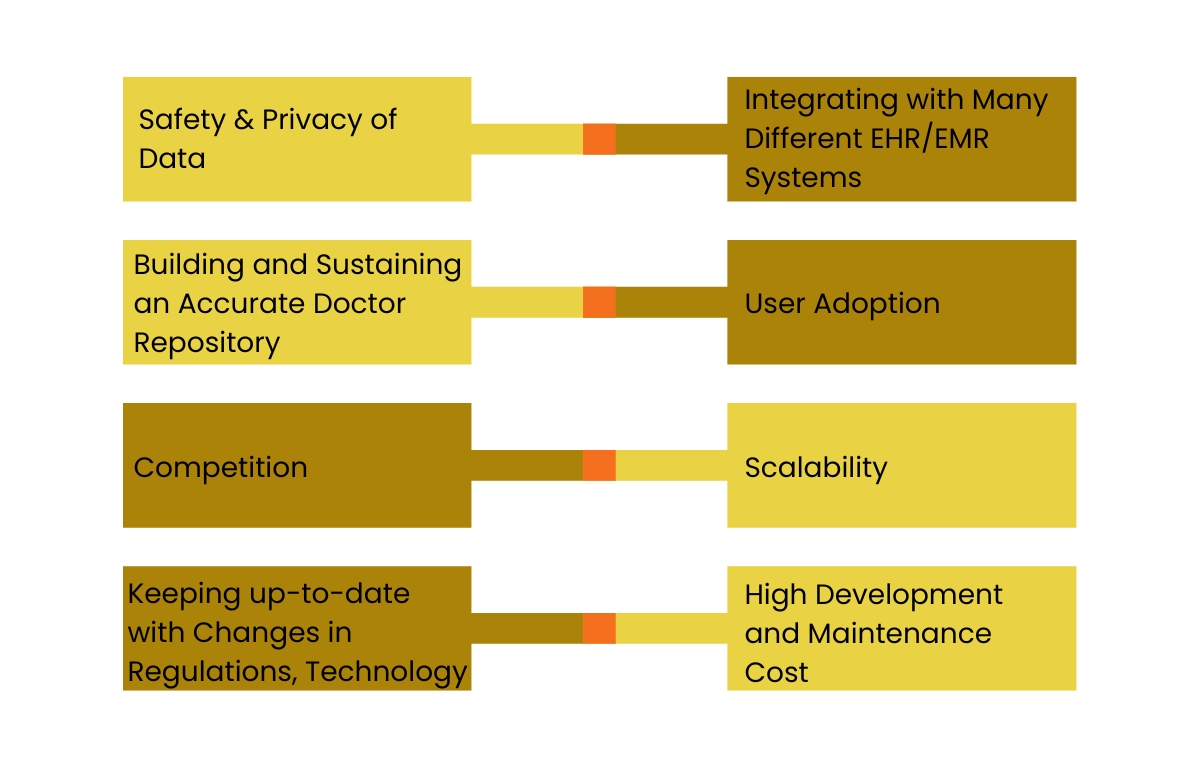
- Safety & Privacy of Data: This is not only a significant concern but is ongoing, and requires constant attention for safety and regulatory compliance with standards such as HIPAA.
- Integrating with Many Different EHR/EMR Systems: Healthcare providers use a multitude of EMR/EHR systems and while we may aspire to interoperability, achieving this goal can be expensive and technically challenging.
- Building and Sustaining an Accurate Doctor Repository: Sourcing, verifying and providing accurate doctor information (specialties, availability, insurance) and continuously maintaining that information is a sizeable operational effort.
- User Adoption: We need to attract a sufficient number of patients as well as doctors/clinics in order for the network to provide value, it's a classic chicken and egg issue.
- Competition: The market has companies that already exist. Differentiating your app with additional features, better user experience or by targeting a niche market will be important.
- Scalability: The platform must be able to manage an increasing number of users, new bookings, and additional data without breaking down.
- Keeping up-to-date with Changes in Regulations, Technology: The field of healthcare is fluid. Your app will have to change with new regulations, medical advancements, and changes in technology in general.
- High Development and Maintenance Cost: As the earlier section discussed, developing and maintaining such a platform can come at a very high cost.
The Future of Appointment Booking: Trends to Watch
The digital health landscape is constantly evolving. Keep an eye on these emerging trends:
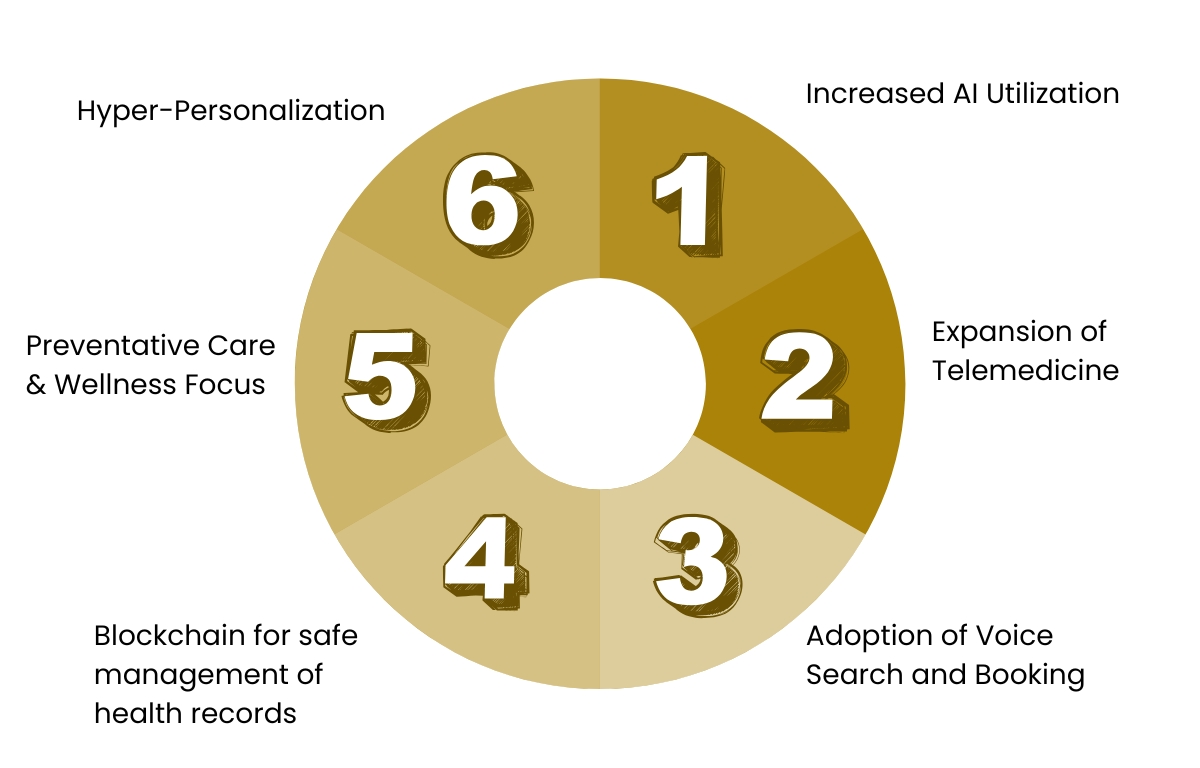


- Increased AI Utilization: AI will provide greater assistance with symptom checks as well as tailored doctor referrals, improved scheduling, and even predicting patient no-shows.
- Expansion of Telemedicine: Telehealth will continue to be prevalent, and become more integrated and sophisticated.
- Adoption of Voice Search and Booking: Creating integrated systems with voice assistants like Alexa, Siri, and Google Assistant will give patients the option to manage their appointments hands-free.
- Blockchain for Safe Management of Health Records: Even though we are in the early days of blockchain, there is a possibility it can allow for improved security and patient ownership of their health data.
- Preventative Care & Wellness Focus: Applications will include features aimed at facilitating preventative care, wellness tracking and facilitating healthy lifestyle choices.
- Hyper-Personalization: Personalizing the entire user experience from recommendations to communication around patient data and preferences (always while considering privacy and consent).

Partner with Zenesys for Building a Custom App Like Zocdoc
Creating an appointment booking application like Zocdoc is a complicated, difficult undertaking that takes time and money to develop. While the project itself can be very complex, the potential upside is significant.
Zenesys believes in your opportunity to not only capitalize on a rapidly expanding market, but also to satisfy a real need in the marketplace for improved access to healthcare, and to create a business that has the potential to positively affect people's lives.
We plan, listen closely to clients' and patients' needs, understand the importance of user experience, create scalable and secure solutions, and have a complete commitment to stringent regulatory compliance.
If you go through all of the ideas we have outlined in the bullet points in Building a Zocdoc-like App, you will be armed and ready to undertake this daunting task. The future of healthcare is digital, and in a collaborative way, you can be a major part of it with your app.
Zenesys believes in your opportunity to not only capitalize on a rapidly expanding market, but also to satisfy a real need in the marketplace for improved access to healthcare, and to create a business that has the potential to positively affect people's lives.
We plan, listen closely to clients' and patients' needs, understand the importance of user experience, create scalable and secure solutions, and have a complete commitment to stringent regulatory compliance.
If you go through all of the ideas we have outlined in the bullet points in Building a Zocdoc-like App, you will be armed and ready to undertake this daunting task. The future of healthcare is digital, and in a collaborative way, you can be a major part of it with your app.
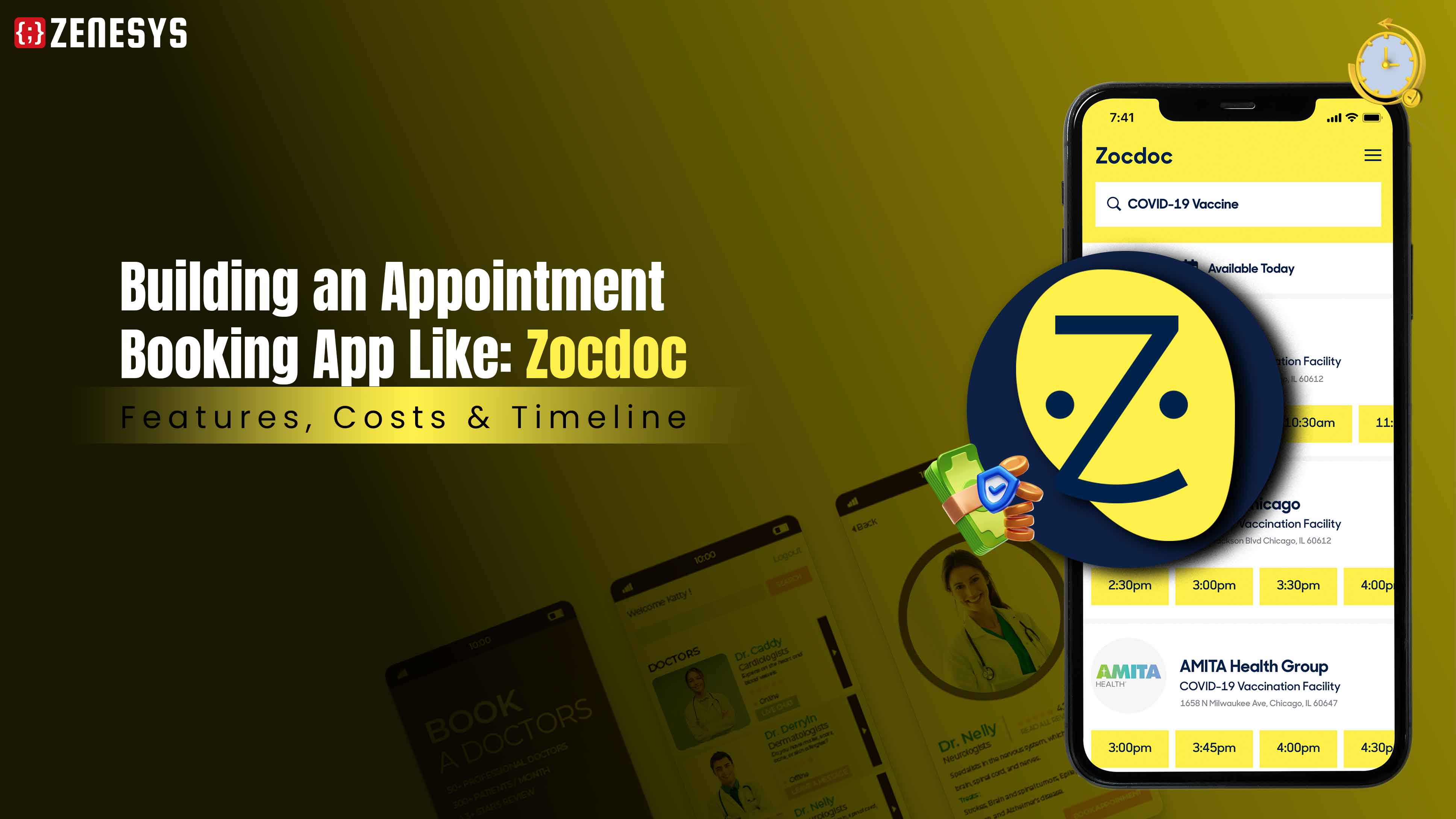

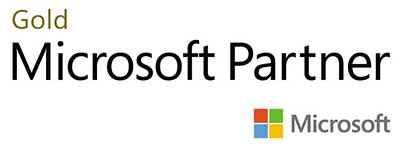.webp?lang=en-US&ext=.webp)

.webp?lang=en-US&ext=.webp)

